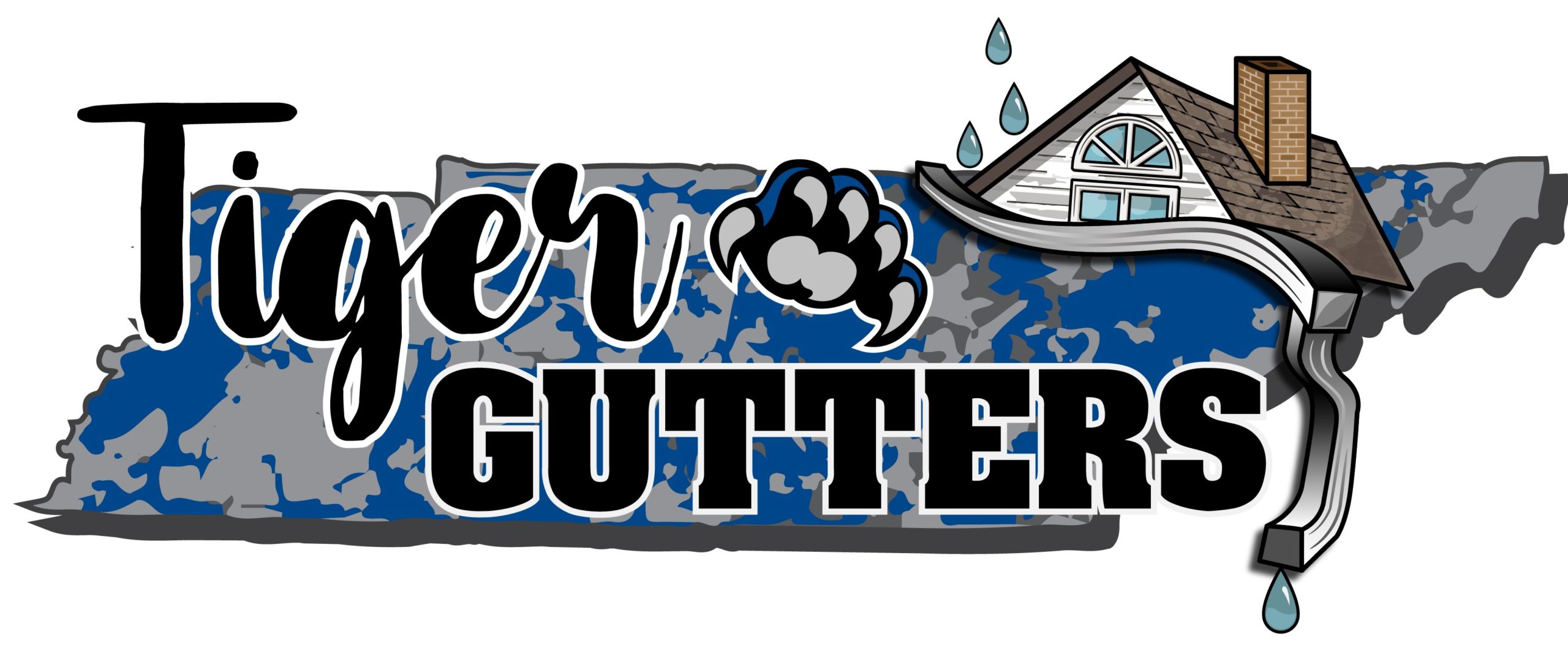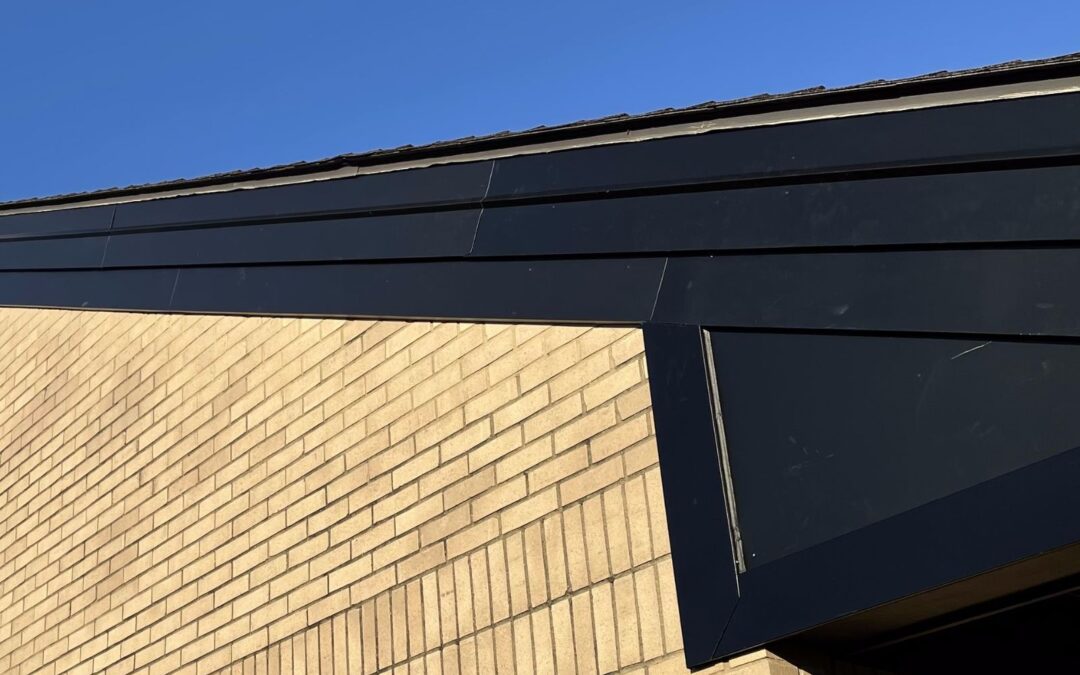Fascia wrap and trim metal are essential components in protecting and enhancing the appearance of your home’s exterior. As homeowners in Memphis, TN, it’s crucial to understand how these materials work to safeguard your property. At Tiger Gutters, we are committed to providing valuable information to help you make informed decisions about maintaining your home’s exterior. This comprehensive guide will delve into the details of fascia wrap and trim metal, explaining their functions, benefits, and installation processes.
What is Fascia Wrap?
Definition and Purpose
Fascia wrap, also known as fascia cladding, is a protective covering applied over the existing wooden fascia boards on a house. The primary purpose of fascia wrap is to shield the wood from weather elements, such as rain, snow, and sun exposure, which can cause rotting, warping, and other damage. By covering the fascia boards with a durable material, typically aluminum or vinyl, fascia wrap extends the lifespan of the fascia and reduces the need for frequent maintenance.
Benefits of Fascia Wrap
- Protection from the Elements: Fascia wrap acts as a barrier against moisture, preventing water from seeping into the wood and causing rot.
- Low Maintenance: Once installed, fascia wrap requires minimal upkeep, saving homeowners time and money on repairs and repainting.
- Aesthetic Appeal: Available in various colors and finishes, fascia wrap can enhance the overall look of your home, providing a clean and polished appearance.
- Durability: Materials like aluminum are resistant to rust and corrosion, ensuring long-lasting protection for your fascia boards.
What is Trim Metal?
Definition and Purpose
Trim metal, often referred to as metal flashing or trim coil, is a versatile material used in various exterior applications, including covering fascia boards, soffits, and window and door trims. It serves both functional and aesthetic purposes, protecting the underlying structure from weather damage while providing a finished look to the home’s exterior.
Benefits of Trim Metal
- Weather Resistance: Trim metal effectively seals edges and joints, preventing water infiltration and damage.
- Versatility: Suitable for various applications, trim metal can be used to cover fascia, soffits, and other exterior elements, offering a uniform and cohesive appearance.
- Customization: Available in different colors and finishes, trim metal can be tailored to match the style of any home, enhancing its curb appeal.
- Durability: Made from materials like aluminum or steel, trim metal is highly durable and can withstand harsh weather conditions without deteriorating.
The Importance of Proper Installation
Ensuring Effective Protection
Proper installation of fascia wrap and trim metal is crucial to ensure they function as intended. Incorrect installation can lead to gaps and leaks, undermining the protective benefits and potentially causing more harm than good. It is recommended to seek professional assistance to guarantee a seamless and effective installation.
Steps in Installation
- Preparation: The existing fascia boards are cleaned and any damaged sections are repaired or replaced.
- Measuring and Cutting: The fascia wrap or trim metal is measured and cut to fit the dimensions of the fascia boards accurately.
- Securing: The material is then securely fastened to the fascia boards using nails or screws, ensuring there are no gaps or overlaps.
- Finishing Touches: Edges and joints are sealed with caulk or other sealants to prevent water infiltration.
Choosing the Right Materials
Aluminum vs. Vinyl
When selecting materials for fascia wrap and trim metal, homeowners typically choose between aluminum and vinyl. Each has its own set of advantages:
- Aluminum: Known for its durability and resistance to rust and corrosion, aluminum is a popular choice for fascia wrap and trim metal. It can withstand extreme weather conditions and provides a sleek, modern look.
- Vinyl: Vinyl is another durable option that is resistant to moisture and rot. It is often more affordable than aluminum and is available in a wide range of colors and finishes.
Factors to Consider
- Climate: Consider the local weather conditions in Memphis, TN, when choosing materials. Aluminum may be more suitable for areas with high humidity and frequent rainfall.
- Budget: Vinyl may be a more cost-effective option for homeowners on a budget, while aluminum offers superior durability and longevity.
- Aesthetics: Choose a material and finish that complements the style and color scheme of your home.
Maintenance Tips
Keeping Fascia Wrap and Trim Metal in Top Condition
Although fascia wrap and trim metal are low-maintenance, regular inspections and cleaning can help ensure they remain in excellent condition. Here are some maintenance tips:
- Regular Inspections: Check for any signs of damage, such as dents, cracks, or loose sections, especially after severe weather events.
- Cleaning: Clean the fascia wrap and trim metal periodically with a mild detergent and water to remove dirt and debris.
- Re-sealing Joints: Over time, the sealant around edges and joints may deteriorate. Reapply sealant as needed to maintain a watertight barrier.
Conclusion
Understanding the roles and benefits of fascia wrap and trim metal is essential for maintaining the integrity and appearance of your home’s exterior. These materials offer significant protection against weather damage, reduce maintenance efforts, and enhance curb appeal. By choosing the right materials and ensuring proper installation, you can enjoy long-lasting benefits for your home. At Tiger Gutters in Memphis, TN, we aim to provide valuable information to help you make the best decisions for your property. For more information on maintaining your home’s exterior, feel free to reach out to us.

